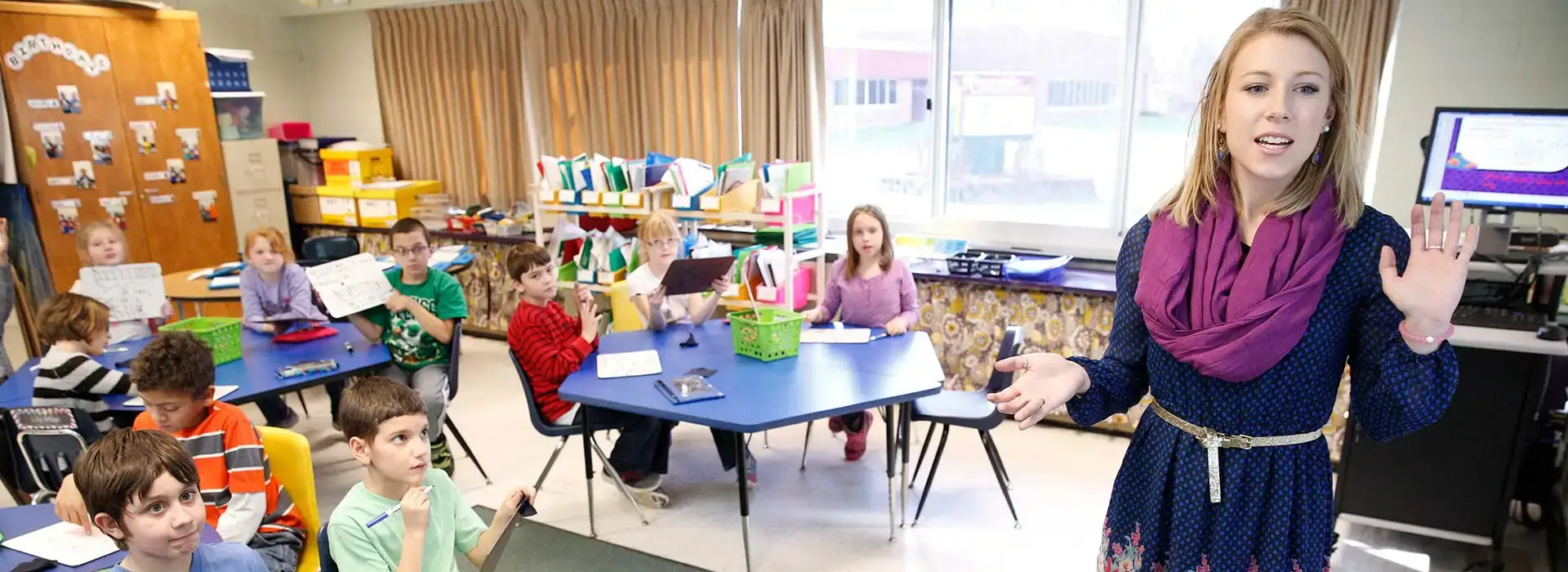Research
Seminars and independent study projects allow you to explore more advanced topics and to work with faculty members in special areas of interest. You may have the opportunity to collaborate with faculty on joint research projects. Some Oneonta students have co-authored papers or presented their work on campus and at regional meetings of the Mathematical Association of America. Student teams regularly pit their skills against those of students at other colleges and universities in the prestigious Putnam mathematics competition
Every spring, students present their research and creative work to the SUNY Oneonta community at our Student Research and Creative Activity Day. University grants are available to support student research and travel to professional conferences.
Scholarships
Departmental Scholarships
The Mathematics, Computer Science, and Statistics Department offers three scholarships specifically for students majoring in Mathematics, Computer Science or Statistics. Recipients are chosen by a department faculty committee, often with a student representative, and recognize outstanding academic performance; academic accomplishments such as research, independent studies and tutoring; recruitment of new Math, Computer Science and Statistics majors; and other contributions to the department and university.
- James L. and Gladys T. Alex Mathematics Scholarship Award
- William L. Ryder - John J. Michalak Computer Science Award
- James A. Fraley Scholarship Award (for Statistics majors)
University Scholarships
- The Steven Edelstein Scholarship is awarded annually to a sophomore or junior majoring in Mathematics, Psychology, or Economics and is based on academic achievement.
- SUNY Oneonta offers a variety of other scholarships to new and returning students.
Teaching Assistantships
You can receive course credit through a Teaching Assistantship, providing support to a faculty member in Mathematics, Statistics or Computer Science. Responsibilities may include assisting faculty with correcting homework assignments or preparing class material, supervising labs, or peer tutoring for students in lower-level courses.
Student Organizations
Join one of our co-curricular student organizations and meet other students who share your interests!
Sanford Society
The Sanford Society student club provides opportunities for students majoring in or interested in Mathematics, Computer Science or Statistics. This club coordinates opportunities for students to network with peers, faculty and field experts and hosts movie nights and other events.
Computer Programmers United
The Computer Programmers United (CPU) club offers a forum for students and faculty to share ideas, concepts, technology, information and insights related to the field of computer science.
Pi Mu Epsilon
Founded in 1914, the Pi Mu Epsilon national mathematics honor society publishes a semi-annual journal of refereed undergraduate work and provides grants and awards to distinguished undergraduates
Contact the Math Department
274 Fitzelle Hall
108 Ravine Parkway
Oneonta, NY 13820
United States
